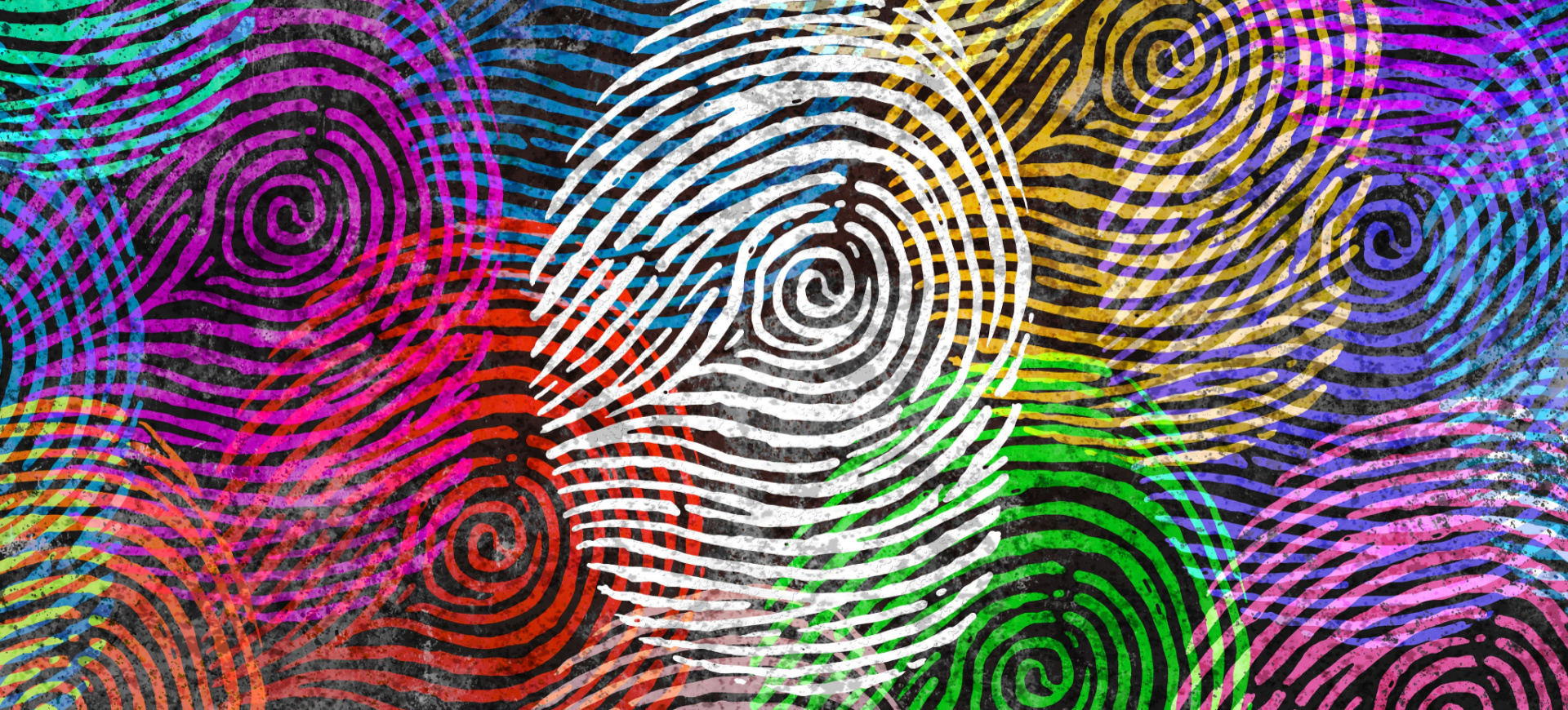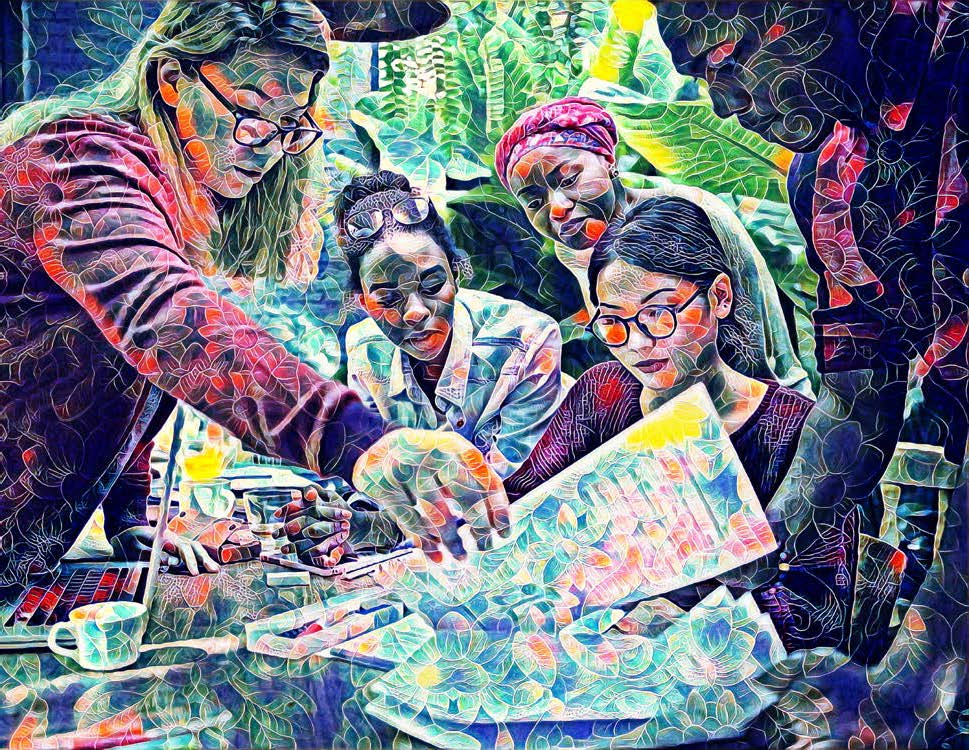First Nations–led health solutions
When governments make the political choice to invest in in First Nations–led health, progress can be made in ensuring everyone enjoys the highest attainable standard of physical and mental health
In Treaty 4, my home territory in Canada, the regional hospital is governed by a board of directors with most members from First Nations. Not only that, the All Nations Healing Hospital in Fort Qu’Appelle, Saskatchewan, provides patients a choice of traditional Indigenous and Western healing methods, whether the patient is Indigenous or non-Indigenous.
When I walk through the doors of All Nations, I feel a tremendous sense of pride. For me, that hospital demonstrates what can be accomplished when governments make the political choice to invest in First Nations–led health solutions.
The All Nations Healing Hospital is not alone. There are numerous cases across Canada of First Nations reclaiming control of our own health care. They range from urban clinics such as the Wabano Centre in Ottawa to the full-fledged First Nations Health Authority in British Columbia. Unfortunately, however, such cases remain exceptions rather than common practice. That needs to change.
There is a profound gap between the quality of life of First Nations people and the standard of living enjoyed by non-Indigenous people in Canada. That includes a deep gulf in all aspects of health and wellness. First Nations people have a shorter life expectancy than non-Indigenous people. The most recent statistics put that gap at almost ten years (8.9 years for First Nations men and more than 9.6 years for First Nations women). Furthermore, First Nations people have been found to be more than twice as likely to die from avoidable causes. Rates of chronic disease are much higher, including highly preventable diseases such as tuberculosis that are rare in most communities.
Unhealed trauma
This gap is the direct result of the political choices of past and current governments. Canada’s efforts to forcibly assimilate First Nations people through the residential school system and related policies caused profound intergenerational trauma that remains largely unhealed. The federal government, which has constitutional responsibility for services in First Nations communities, has systematically underfunded not only health care, but also housing, sanitation, drinking water, family services and other supports that are key components of the social determinants of health.
In addition, decades of theft and destruction of Indigenous territories have created barriers to healthy living and the betterment of our communities. In 2019, after visiting First Nations territories such as Grassy Narrows and Aamjiwnaang that are suffering from industrial contamination, Baskut Tuncak, the United Nations special rapporteur on human rights and hazardous wastes, concluded that Indigenous peoples in Canada “find themselves on the wrong side of a toxic divide, subject to conditions that would not be acceptable elsewhere in Canada”.
There has been a long history of substandard care and overt abuse at the hands of the Canadian healthcare system, including documented medical experimentation during the residential school era and continued forced sterilisation of Indigenous women and girls. Systemic racism has caused profound harm. The failure to treat patients with dignity and respect leads to needless suffering, prolongs the debilitating impacts of illness, and – as we have seen – can lead to early and unnecessary death.
In 2008, a First Nations man, Brian Sinclair, died in a hospital emergency room after being ignored for 34 hours. In 2020, a First Nations woman, Joyce Echaquan, died in a Quebec hospital after recording a video documenting how staff were verbally abusing her and ignoring her pleas for help. These are far from isolated incidents. A recent independent investigation into the provincial healthcare system in British Columbia by Mary Ellen Turpel-Lafond found “widespread systemic racism against Indigenous peoples” resulting “in a range of negative impacts, harm, and even death”.
Improving the system
First Nations have worked for decades to improve the Canadian healthcare system. We have made important gains, particularly in expanding access to primary care and in the design of crisis intervention services and addictions treatment. Growing numbers of First Nations health professionals are making a difference in every field of medicine. In fact, the new head of the Canadian Medical Association, Alika Lafontaine, is an Indigenous physician of Métis, Cree, Anishinaabe and Pacific Islander ancestry.
These accomplishments are real and meaningful, but we have a long way to go. Last year I participated in a national symposium on systemic racism in Canadian health care. One thing that stayed with me was hearing First Nations health professionals describe the racism they have encountered throughout their careers. If these individuals who are highly trained and highly accomplished in the Western medical system can be belittled and dismissed, what chance do other community members have? And what is the likelihood that our own traditions and our own science will be taken seriously?
We need First Nations physicians, nurse practitioners, nurses and midwives and we need them to be treated with respect. More than that, it is vital that First Nations voices are included at the highest level of administration of all medical services accessed by our community members. These institutions must be held accountable for addressing systemic racism. Otherwise, they are failing in their responsibilities as healthcare providers.
Ultimately, however, what we really need is investment in health services designed, controlled and operated by First Nations, where our knowledge of our communities, our values and our science will help shape the care. Furthermore, First Nations–run health services must be available not only in our own communities, but also the urban centres where growing numbers of First Nations people make their homes.
Last year, Canada’s Parliament adopted legislation to fully implement the United Nations Declaration on the Rights of Indigenous Peoples. The declaration represents a global consensus on the minimum standards necessary to ensure the “survival, dignity and well-being” of Indigenous peoples. It includes an explicit affirmation that First Nations “have an equal right to the enjoyment of the highest attainable standard of physical and mental health”. More than that, the declaration recognises the right of First Nations to develop and determine our own healthcare systems.
What will this look like? One way we will know that Canada has successfully implemented the UN declaration is if all First Nations people have access to the quality of care that my family and I have enjoyed at the All Nations Hospital. This is not just a dream. This is something that can be achieved if governments in Canada make the choice to invest in First Nations–led health solutions.












